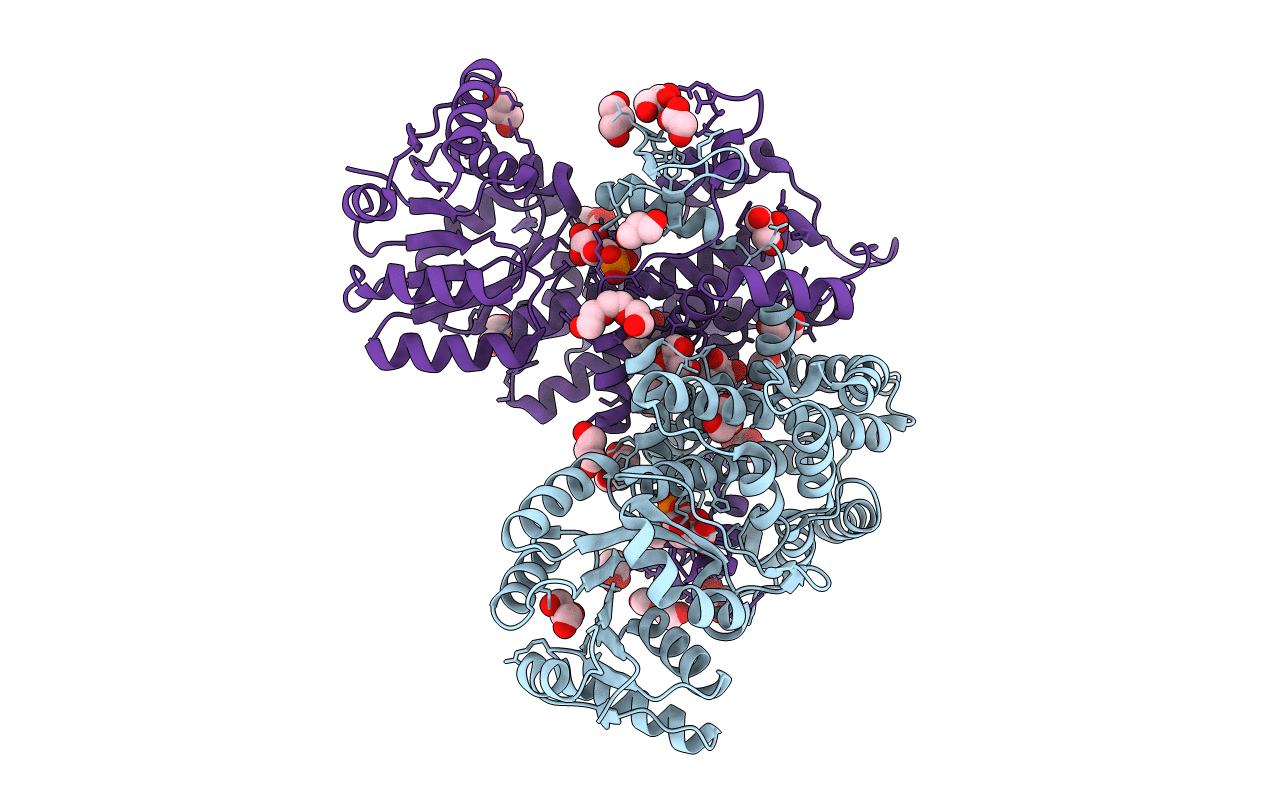
Deposition Date
2018-02-15
Release Date
2018-08-22
Last Version Date
2024-01-17
Entry Detail
PDB ID:
6FQZ
Keywords:
Title:
Plasmodium falciparum 6-phosphogluconate dehydrogenase in its apo form, in complex with its cofactor NADP+ and in complex with its substrate 6-phosphogluconate
Biological Source:
Source Organism:
Plasmodium falciparum 3D7 (Taxon ID: 36329)
Host Organism:
Method Details:
Experimental Method:
Resolution:
1.90 Å
R-Value Free:
0.22
R-Value Work:
0.19
R-Value Observed:
0.19
Space Group:
P 32 2 1


